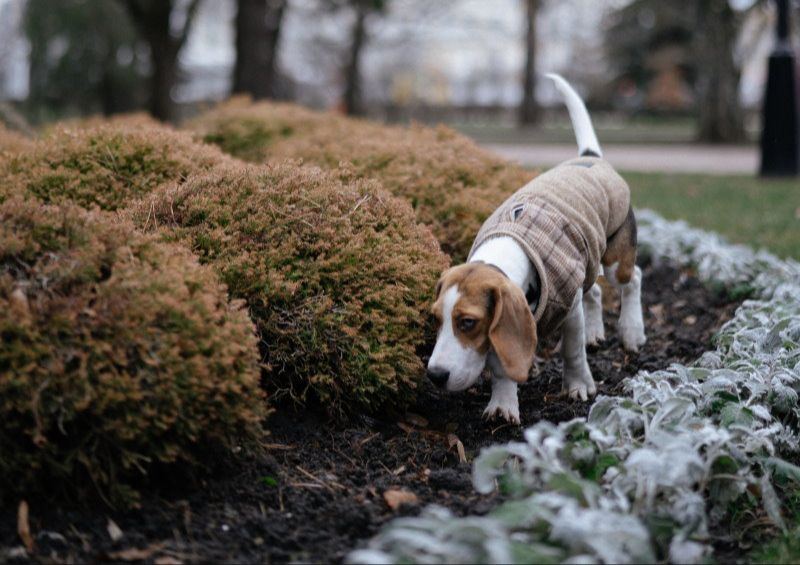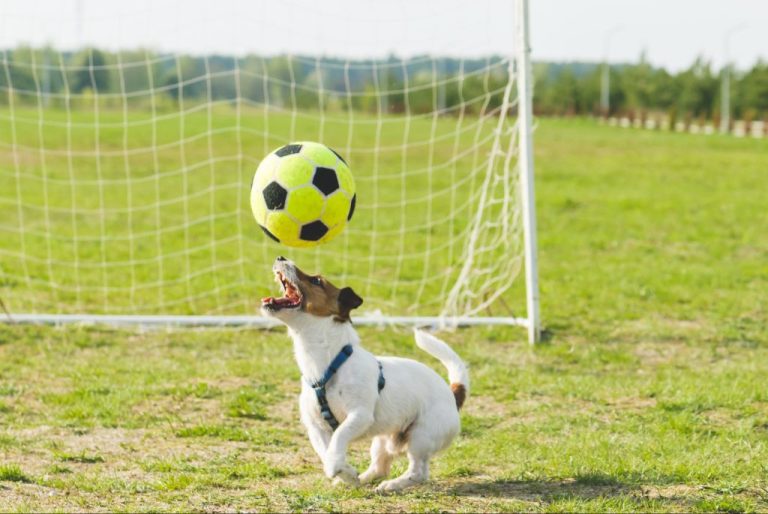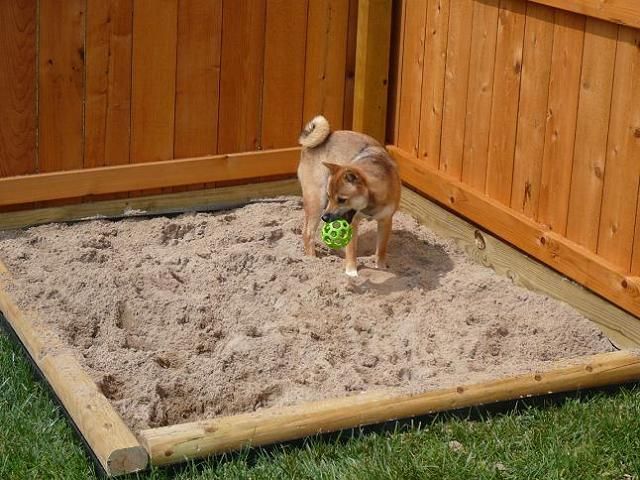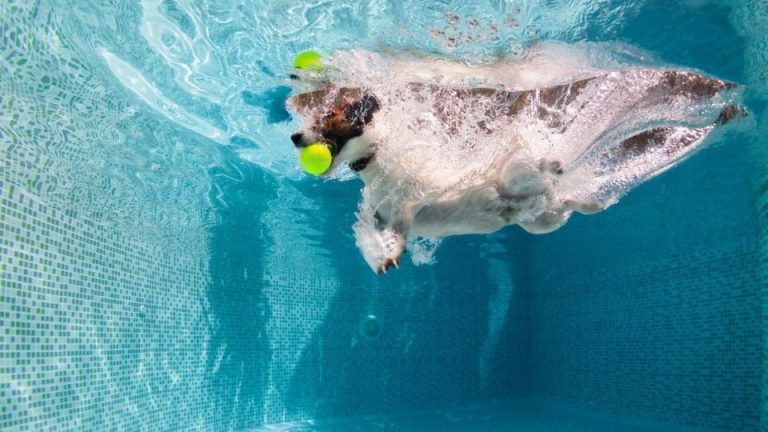Nose Work Games: Stimulate Your Dog’S Senses
Nose work games are activities designed to engage your dog’s powerful sense of smell and stimulate their mind. They provide important mental enrichment by tapping into the dog’s primal instincts to hunt, forage, and scavenge using their nose.
Research shows that mental stimulation is just as critical for dogs as physical exercise [1]. Nose work games provide many benefits including relieving boredom and anxiety, curbing destructive behaviors, building confidence, and creating a closer bond between owner and dog.
This article will provide an overview of easy, fun nose work games and activities you can do at home to keep your dog mentally sharp and engaged. Topics covered include scent games, food puzzles, hide and seek, digging boxes, nosework classes, tracking games, and search and rescue practice.
Scent Games
Scent games are a great way to stimulate your dog’s nose and engage their natural instinct to use their sense of smell. Some ideas for scent games include using essential oils, spices, or scented toys. You can create simple scent trails by putting a few drops of lavender or citrus essential oil on cotton balls and hiding them around the house or yard. Start with just a few and watch your dog use their nose to sniff them out. Another option is to hide small containers of spices like cinnamon, cloves, or cumin. The intense aromas will excite your dog’s nose. There are also toys specifically designed with built-in scents to stimulate dogs. Snuffle mats, puzzle toys, and treat balls infused with mint, vanilla, or other scents make for a more enriching game. Check for scented toys made with dog-safe ingredients. Engaging your dog’s powerful sense of smell through games builds confidence, provides mental enrichment, and strengthens your bond (AKC 2022).
Food Puzzles
Food puzzles are a great way to stimulate your dog’s senses and provide mental enrichment. They require dogs to use their nose, eyes, and paws to get the treats out. Puzzle feeders like the Kong or Trixie puzzle toys come in various shapes and difficulty levels. According to The Dog Market, puzzle toys provide mental stimulation which reduces stress, builds confidence, and relieves anxiety.
There are many types of food puzzle toys on the market including:
- Wobblers that release kibble as dogs nudge them
- Mazes and labyrinths
- Treat balls that require rolling and manipulation
- Puzzles with sliding doors and compartments
You can also make DIY puzzles for your dog using household items:
- Place kibble in an empty plastic bottle and let your dog figure out how to get it out of the small opening
- Hide treats under plastic cups and have your dog lift them with their nose or paws
- Put a little peanut butter in a toilet paper roll and fold over the ends
The key is increasing the challenge as your dog learns how to solve each puzzle. This provides mental stimulation to keep them engaged and entertained.
Hide and Seek
Hide and seek is a fun and engaging game to play with your dog that provides mental stimulation. The goal is to hide treats around the house or yard and have your dog search for them using their nose. Start by having your dog sit and stay while you go hide the treats. Then release your dog to go find them, using commands like “go find” or “go seek”.
According to this article, hide and seek helps dogs practice impulse control while you hide the treats. It also provides mental exercise as they use their nose to sniff out the treats. As your dog gets better at the game, make it more challenging by hiding treats in harder spots or using higher value rewards.
This game taps into your dog’s natural scavenging instincts and provides an outlet for mental and physical energy. It’s a great alternative to walks on bad weather days. Just make sure to supervise your dog during hide and seek games in case they get into anything they shouldn’t.
Digging for Treats

Burying treats and toys in a sandbox or yard for your dog to dig up and find is a great way to stimulate their natural digging instincts. This game taps into your dog’s strong sense of smell and their desire to dig, providing an enriching activity for breeds that love to dig like terriers, retrievers, and hounds. Start by designating an area in your yard or getting a small sandbox to contain the digging.
Then simply bury treats, small toys, or your dog’s food just under the surface throughout the sandbox or yard area. Let your dog sniff around and start to dig – they’ll quickly uncover the buried treasures. You can make the game more challenging by burying items more deeply or in harder to reach spots. Rotate the treats and toys you bury to keep the game exciting and rewarding for your pet. Supervise your dog during this activity and provide praise when they successfully find the treats.
According to WagWalking, digging games are great dog-friendly activities that provide mental stimulation. Allowing your dog to dig in a designated spot satisfies their natural instincts while avoiding destructive digging in unwanted areas. Digging for treats channels your dog’s energy into a rewarding game you can play together.
Nosework Classes
Formal training for scent detection work, called nosework, is becoming increasingly popular for pet dogs. Nosework replicates the task of working detection dogs by teaching dogs to use their powerful sense of smell to locate a target odor. Classes provide mental stimulation and allow dogs to use their natural scenting abilities (K9 Nose Work, 2023).
In nosework classes, dogs are taught to sniff out target scents which are hidden in boxes, vehicles, and environments. Common target odors include birch, anise, and clove. As dogs progress through different levels, the searches become more complex and challenging. Nosework gives dogs an outlet to use their nose and provides structured mental enrichment.
The activity stems from real-world detection work but serves as a fun game for pets. Skills learned in nosework classes can boost confidence, tire a dog out mentally, and strengthen the bond between owner and dog. Classes provide guidance on teaching scent games at home. With practice, dogs become increasingly skilled at using their nose to find hidden scents (K9 Nose Work, 2023).
Tracking Games
Tracking games are a great way to stimulate your dog’s powerful sense of smell. You can lay trails with treats or toys for your dog to sniff out and follow. Start with short, simple trails and watch your dog use their nose to hunt down the treats. Over time, you can make the trails longer and more complex by adding twists, turns and obstacles. This mentally stimulates your dog as they problem solve to follow the scent trail. According to the AKC, tracking activities provide mental enrichment and satisfy your dog’s natural instincts to hunt and track[1]. Try using higher value treats to make the game more rewarding and fun for your dog.
Here are some tips for laying effective scent trails for your dog[2]:
- Use soft, smelly treats your dog loves like hot dogs, cheese or chicken.
- Try dragging a favorite toy on the ground to leave a stronger scent trail.
- Change up the surface – lay trails in grass, gravel, concrete, etc.
- Make the trails unpredictable with twists, turns and false trails.
- Start easy and short, then increase length and complexity.
- End trails at a jackpot reward to encourage your dog.
With practice, even old dogs can learn new tracking tricks. Tracking games provide purposeful activity that stimulates your dog’s mind and senses.
[1] https://www.akc.org/expert-advice/training/indoor-scent-games-for-dogs/
[2] https://moderndogmagazine.com/articles/8-fun-scent-games-your-dog-will-love/
Search and Rescue
You can teach your dog some of the basics of search and rescue work at home. This is a great activity to engage their desire to search and their powerful sense of smell. Start by teaching the “Find” command, where you have them search for a person or object https://canadiansearchdog.com/training/training-your-dog-to-search.html. Hide family members around the house or yard and have your dog search them out. Make sure to reward them when they locate the person. You can increase the challenge by hiding certain objects for them to find.
As they improve, start hiding people or objects out of sight or farther away. Practice search drills where you walk them to an area then give the “Find” cue. Always reward successful finds! You can make DIY search containers with different scented materials inside for them to locate https://wagwalking.com/activity/activities-for-a-search-and-rescue-dog. Mimicking real search and rescue training will satisfy their natural abilities.
Fun DIY Games
Homemade nose work games are a great way to provide mental stimulation for your dog. These DIY ideas allow you to create nose work activities using common household items.
An easy introductory game is a muffin tin puzzle. Place treats in some of the muffin cups and cover them with balls or other small toys. Let your dog sniff out the treats hidden under the objects (Indoor Scent Games For Dogs).
You can also hide treats around a room and let your dog search for them. Start with easy-to-find locations first to build confidence. Over time, make the treats more challenging to locate by hiding them under and behind furniture (The Nose Knows: Nose Work Games for Dogs).
For a more advanced game, put different scented objects like essential oils or spices in paper bowls or cardboard egg cartons. Let your dog identify the different scents to find the treat (The Nose Knows: Nose Work Games for Dogs).
The key is creating a mental challenge for your dog by hiding treats and scents. DIY nose work is an enriching activity you can easily do at home.
Conclusion
In summary, nose work games provide a range of benefits for dogs. Engaging your dog’s powerful sense of smell through games stimulates their mind, provides enrichment, and taps into their natural instincts. Food puzzles slow down eating while activating your dog’s problem-solving skills. Hide and seek games build confidence as your dog searches out treats or toys using scent. Letting your dog dig for buried treats satisfies their instinct to dig while rewarding discoveries. For more structured nose work, classes build on your dog’s abilities with scent detection games. Or try tracking exercises that follow trails laid by you or other animals. Even DIY nose work at home gets your dog using their nose for fun. Overall, nose work is a great way to stimulate your dog’s senses and provide satisfying mental enrichment.




